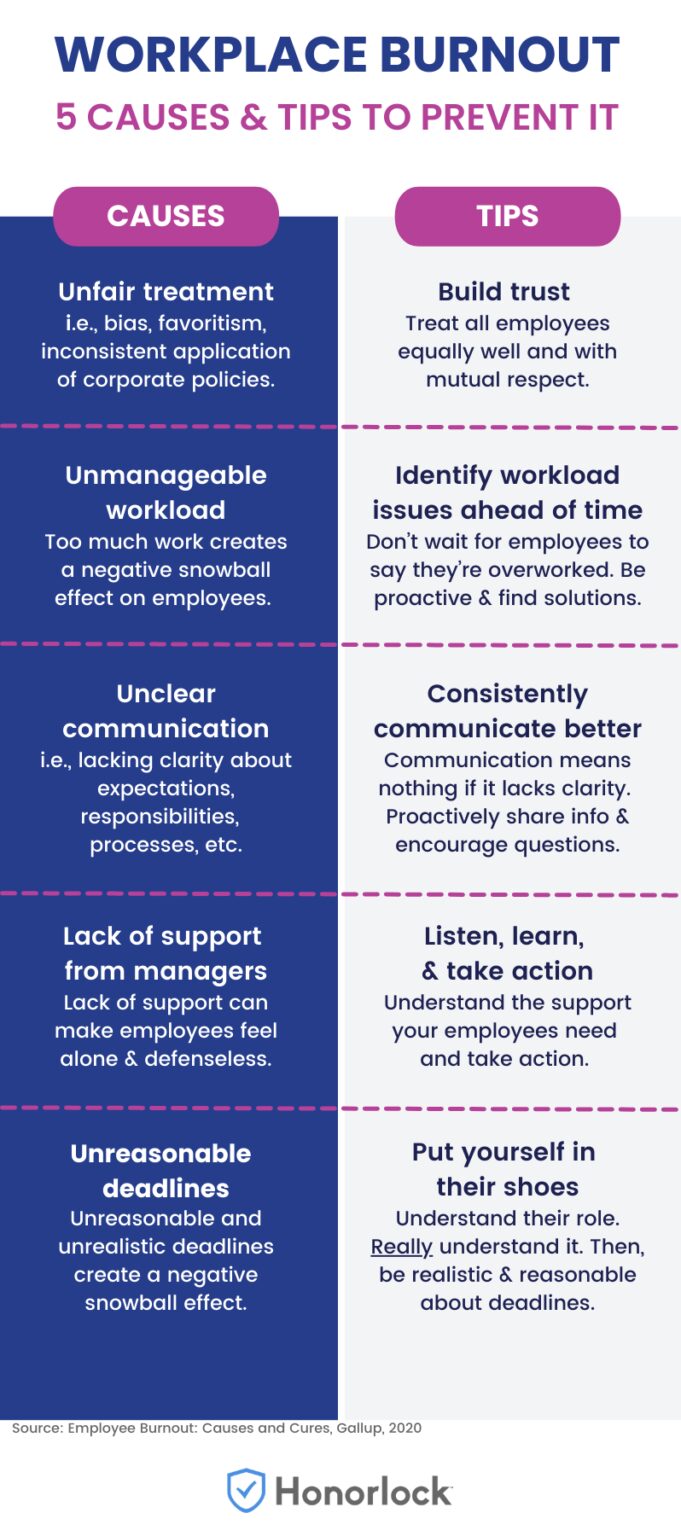
2021 was a historic year for the job market. According to the US Labor Statistics, of the 69 million people who were separated from their position (quit, laid off, or terminated), 47.4 million voluntarily left.
Some call it “The Great Resignation.”
But no matter what you call it, the power has shifted toward the employee – at least for the near future. But what does the impact of the Great Resignation mean for women in leadership roles?
With so many people leaving the workforce and more organizations doing as much as they can to attract talent back to work, we may have reached a tipping point that could mean good things for women leaders.
In this article we’ll detail:
- How the struggle actually starts before the “Glass Ceiling”
- Three questions women leaders should ask themselves every seven years
- What women should look for when choosing their next role and company
- The top five causes of burnout in the workplace and how to prevent it
- Click here to watch the webinar recording
The struggle starts before the “Glass Ceiling”
For years, you’ve probably heard the terms “Glass Ceiling” and “Broken Rung” that women face. Both terms essentially refer to the fact that women face more challenges in advancing to senior leadership roles compared to men.
But the struggles start earlier than that.
“For every 100 men who are promoted to an entry-level manager position, 72 women are promoted. This has a waterfall effect because there aren’t enough women in the leadership pipeline from the very beginning,” said Robin Kistler, current Executive Talent Program Director at Anthem, Inc. and former director of non-degree business programs at the University of Notre Dame.
Three questions women in leadership should ask themselves every seven years
- What should I leave behind?
- What do I want/need to learn next?
- What drives me now?
Why seven years?
“It’s long enough to have transitioned from education to the workplace, to have made a new career move, and to have experienced a life-changing crisis. Yet it’s short enough to feel practical,” Kistler explained.
What should I leave behind?
This is where you determine what you don’t want in your career and life. Remember, knowing what you don’t want is just as important as knowing what you do want.
“We’ll need to get more skilled at letting go of what was — our old identity, relationship, competencies — to embrace what’s next — as yet unknown, undefined, and ambiguous.” – Avivah Wittenberg-Cox, Consultant, Coach, & Author.
To dig into this more, ask yourself these questions:
- Is the company culture holding me back?
- Does the workplace promote “time-in-chair” and how does that impact my life?
- Are there workplace relationships that are draining me?
- Is this what I want?
What do I want/need to learn next?
As you’re figuring out what you do and don’t want in your career, decide what you want to learn and what you need to learn.
It’s important to note that this can be both formal and informal learning. Depending on your path, you may need to learn more to help pass an industry certification, or you may want to learn how to improve emotional intelligence.
Regardless of what you need or want to learn, make a list and get started.
What drives me?
Just like our priorities change in life, so do our drivers. Some people are driven by money, while others are driven by schedule flexibility. Regardless of what drives you, make a list of what your drivers are and why they’re important to you.
Type up your answers to these questions and then email them to yourself and print a copy to keep on your desk.
What women should look for when choosing their next role and company
Women can be more particular about roles and organizations
“Women professionals have more choice than ever before, and that means you can be more particular about the roles and organizations you work for. The war for talent has intensified, which means women leaders are on the right side of the equation,” Kistler said.
But what should women in leadership actually look for in a role and company? Kistler used this list to guide her own career search:
Committed to empowering women in the workforce
“If an organization has a track record of progressive thinking toward women in the workforce, they will attract, promote, and retain the best female candidates. This includes visible indicators of a female pipeline from early career to executive level,” Kistler said.
Look for employers that:
- Demonstrate executive leadership’s commitment to gender equality
- Forge a female hiring pipeline from early career to executive level
- Extend external support for women’s advancement
Focuses on creating a culture of diversity and inclusion
Kistler detailed that employers that truly embrace a culture of diversity and inclusion should:
- Provide formal avenues to address any concerns about discrimination
- Monitor progress and outcomes from equality initiatives and activities
Embraces progressive employer practices
In addition to a company that’s truly committed to creating equal opportunity for women in the workforce and creating a workplace that’s diverse and inclusive, they should also:
- Support flexible work options
- Ensure marketing and communications are free of bias
- Value mental health
Addressing the causes of burnout in the workplace
Workplace burnout isn’t a badge of honor. But what causes burnout at work?

